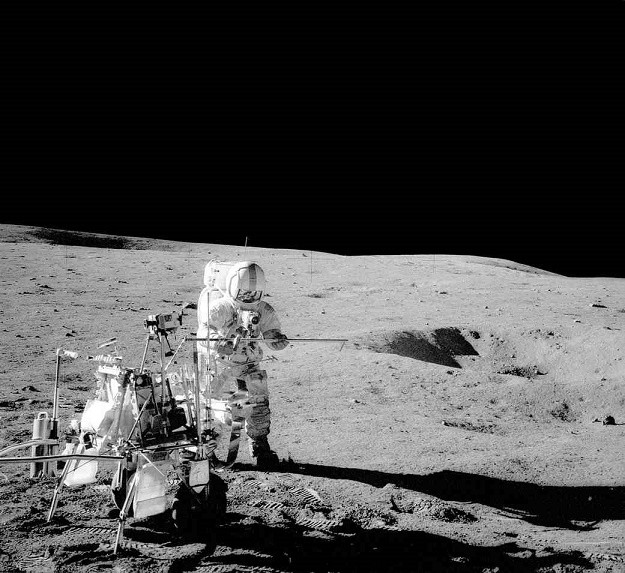In the next ten years, humans plan to take another journey to the moon for the first time after 40 years where NASA will partially fund this new endeavor. Apart from being just another NASA moon mission, the space agency is proposing to develop a permanent lunar base on the moon for human settlement within the next 20 years which will all be under NASA's budget.
This next lunar program will be launched by NexGen Space where they will collaborate with NASA engineers in order to test the mission's viability and feasibility in both economical and technical aspects called an "Evolvable Lunar Architecture".
The next step of this plan would be to pool enough resources that are available through public and private space via partnerships that is similar to how the International Space Station works with its Commercial Orbital Transportation Services program.
This report also reveals that this next manned lunar mission is not expensive as previously estimated based on NASA's recent program innovations.
To date, NASA is alloted a budget of US $4 billion every year for manned spaceflight. This new report however estimates that the U.S. government can still send humans to the moon again since 1972 with a budget of $10 billion in order to build a permanent lunar base for $40 billion. Previously, NASA officials estimated that this endeavor can cost 10 times more.
In order to fly astronauts to the moon, the initial investment of US $10 billion cost will be shared by two competing private space companies. In a span of five to seven years, each space company will be developing its own manned lunar lander and commercial crew vehicle.
The $40 billion will now go into lunar development of a commercial base on the surface of the moon which is estimated to take 10 to 12 years for economic development and new opportunities. For example, mining the moon particularly in its polar water region can reveal new hydrogen sources that can be converted into a cryogenic propellant that will benefit NASA to fund the future manned Martian mission as well.
A review team comprised of NASA astronauts, space agency officials and members of the commercial spaceflight industry examined this report. However, if NASA's budget continues to lessen due to budget cuts from the U.S. government, this mission plan may not become possible.



























